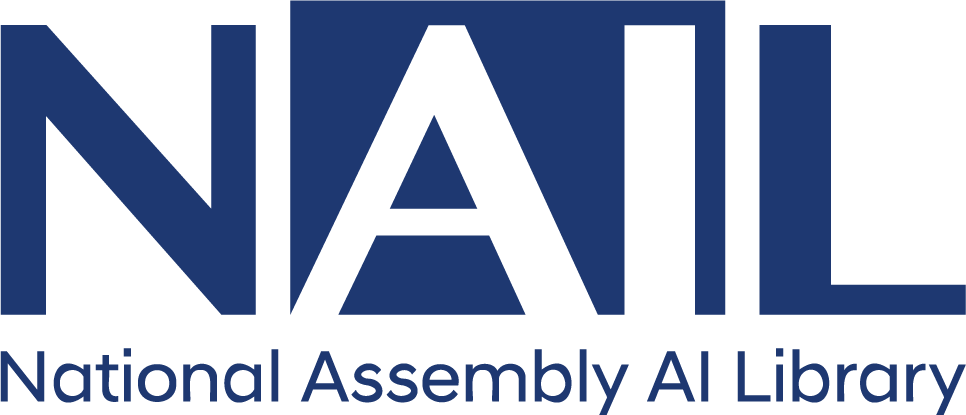목차
Title page 1
Contents 4
Acknowledgements 3
Executive Summary 7
Section 1. Introduction and Background 10
1.1. Introduction 11
Section 2. Enabling Foundations for AI 15
2.1. Digital and data infrastructure 16
2.2. Human Capital (AI and Digital Readiness) 19
2.3. Local Ecosystem 20
Section 3. The Promise and Perils of AI 22
3.1. Challenges in Governing AI 28
Section 4. Regulatory and Policy Frameworks 30
Tool 1. Industry Self-Governance 35
Tool 2. Soft Law 38
Tool 3. Hard Law 46
Tool 4. Regulatory Sandboxes 60
Section 5. Dimensions for AI Governance 63
Section 6. Stakeholder Ecosystem & Institutional Frameworks 71
6.1. Public and Regulatory Bodies 73
6.2. Private sector 79
6.3. Civil society and direct public participation 81
6.4. International community 82
Section 7. Guidance for Policymakers 84
7.1. Key Considerations 86
7.2. Looking to the future 89
Glossary 90
Annex: Sample Country Approaches to AI Governance 92
Tables 33
Table 1. Governance Tradeoffs for AI Governance 33
Table 2. (Omit) 44
Table 3. (Omit) 53
Table 4. (Omit) 65
Table 5. (Omit) 75
Table 6. 5 Key considerations before adopting a regulatory approach 86
Table 7. Governance Tradeoffs for AI Governance 87
Figures 12
Figure 1. Generative AI fits within the broader context of deep learning, a subset of machine learning 12
Figure 2. AI Standards Landscape Snapshot 43
Figure 3. Number of AI-Related Bills Passed Into Law by Country, 2016-22 46
Figure 4. Preliminary dimensions for designing AI governance frameworks 64
Figure 5. Level of human involvement in AI deployment 66
Figure 6. (Omit) 72
Figure 7. Centralized Risk Function within De-Centralized, Sector-Based Regulatory Approach 76
Figure 8/Figure 7. Process for AI Governance 85
Figure 9/Figure 8. Rwanda National AI Policy 101
Boxes 12
Box 1. Generative AI: A Primer 12
Box 2. Distinguishing Narrow AI and Generative AI 13
Box 3. Country Example: India 18
Box 4. Korea's Data Dam Initiative 19
Box 5. Singapore's AI Apprenticeship Program 21
Box 6. AI Risks 24
Box 7. Bias in AI system leads to exclusion of families from childcare benefits in the Netherlands 25
Box 8. Understanding AI Hallucinations 26
Box 9. Open-source AI amplifies benefits and risks 27
Box 10. When should AI governance policies be introduced? 29
Box 11. Partnership on AI (PAI) 36
Box 12. Chile-UNESCO Collaboration on AI Policy - UNESCO Readiness Assessment Methodology 40
Box 13. Participation Gaps at Standard-Setting Organizations 45
Box 14. Evaluating the EU AI Act's risk-based regulatory framework 47
Box 15. Brazil's Bill 2.338/2023 50
Box 16. Sectoral Governance and Regulatory Aspects: Health Sector Case Study 57
Box 17. Regulatory Experience with Algorithmic Auditing - New York City's Local Law 144 58
Box 18. President Biden's Executive Order 59
Box 19. AI Regulatory Sandbox Case Studies: Colombia, Brazil and the EU 61
Box 20/Box 19. Case Study: Singapore's AI Verify 62
Box 21/Box 20. Implementation and enforcement of the EU AI Act 74
Box 22/Box 21. UK AI Safety Institute and Summit and Pre-Evaluations of Models 77
Box 23/Box 22. WEF AI Government Procurement Guidelines (2020) 78
Box 24/Box 23. Red-teaming and adversarial testing 80



